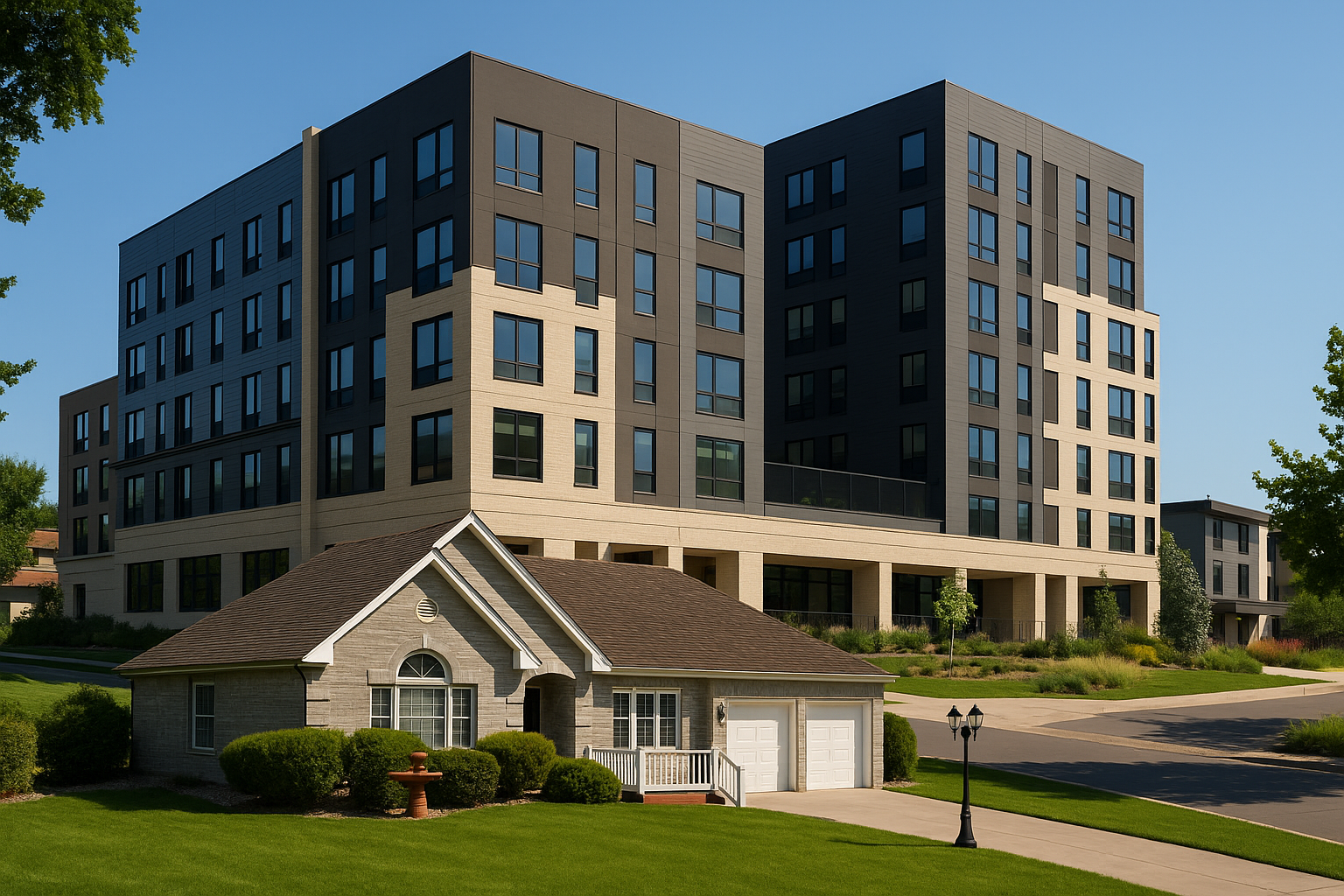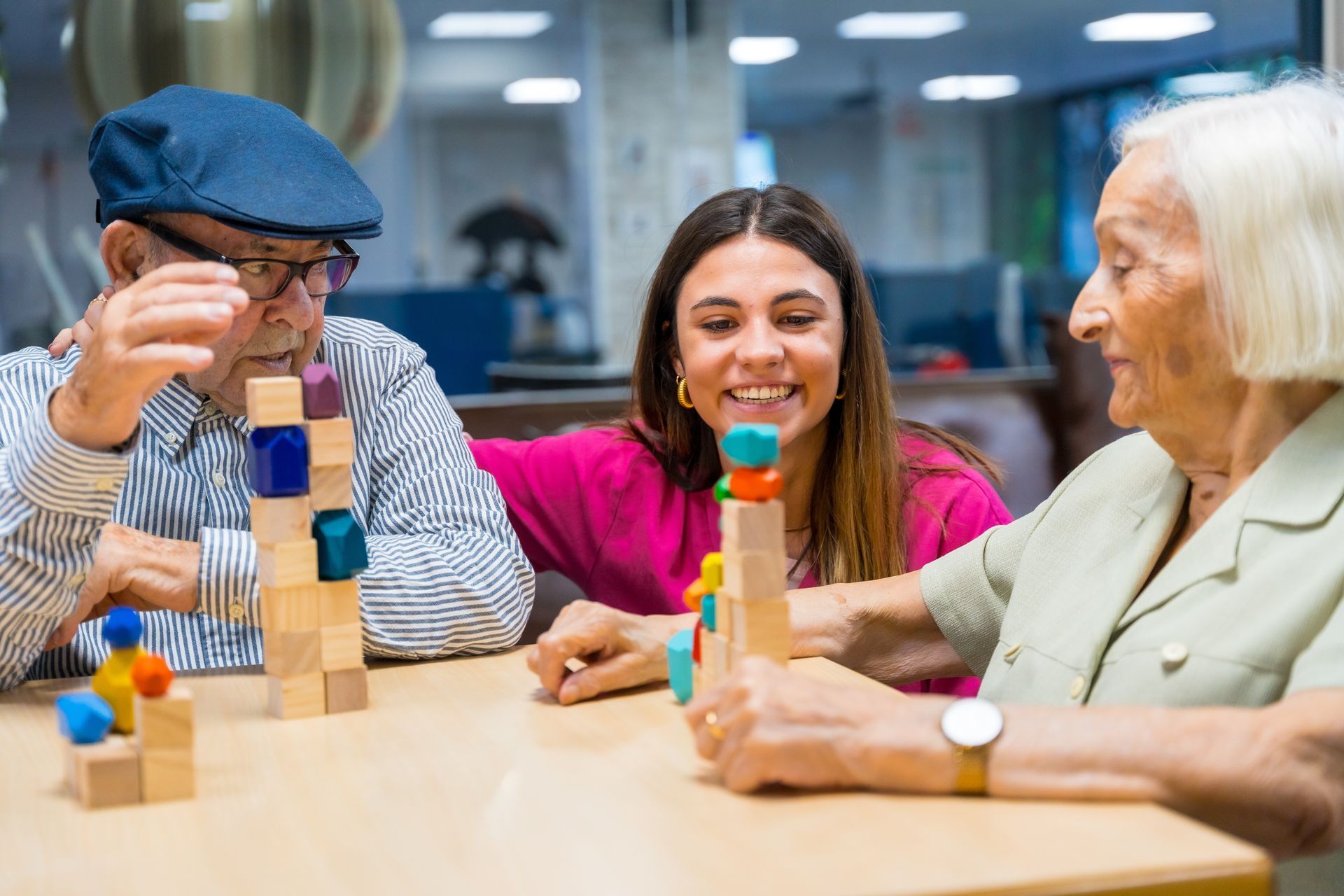BLOG
From Heartache to Hope: Navigating Alzheimer's Care Challenges
Alzheimer's care requires a multifaceted approach that encompasses innovative therapies, robust support systems, and careful financial planning. In this blog post, we will explore the latest advancements in Alzheimer's care, shedding light on therapies such as reminiscence therapy, music therapy, and sensory stimulation, and their profound impact on enhancing the quality of life for individuals with Alzheimer's.
Navigating Support Systems in Alzheimer's Care
Understanding Alzheimer's care necessitates a comprehensive understanding of the available support systems. By tapping into community resources, caregiver support networks, and financial assistance programs, families can effectively address the challenges.

Community Resources:
- Local Alzheimer's Associations provide educational resources, support groups, and guidance for families navigating the complexities of treatment.
- Adult day programs offer a supportive environment for individuals with Alzheimer's, providing social engagement and cognitive stimulation while offering respite for caregivers.
Caregiver Support Networks:
- Online forums and local support groups create a vital network for caregivers to share experiences, seek advice, and find solace in knowing they are not alone in their journey.
- Professional caregiver training programs equip individuals with the necessary skills and knowledge to provide optimal care for those with Alzheimer's.
Financial Assistance Programs:
- Government-funded programs such as Medicaid and Veterans Affairs offer financial aid and long-term care support for eligible individuals with Alzheimer's.
- Long-term care insurance provides a valuable safety net, covering a range of services including in-home care, assisted living, and nursing home care.
Understanding and leveraging these support systems is crucial for families navigating the intricate terrain of Alzheimer's care. By harnessing the resources and networks available, caregivers can find the necessary support and guidance to provide the best possible care for their loved ones.
Financial Considerations in Alzheimer's Care
Understanding the financial impact is essential for making well-informed decisions and ensuring the best possible support for individuals with the condition.
Costs of Care:
- Alzheimer's care expenses encompass a wide range of services, including medical care, personal assistance, and specialized memory care programs.
- The costs can vary based on the level of care required, the geographic location, and the specific amenities and services offered by the care provider.
Insurance Options:
- Long-term care insurance can help offset the expenses associated with Alzheimer's care, covering services such as in-home care, assisted living, and nursing home care.
- Health insurance, including Medicare and supplemental plans, may cover certain medical expenses related to Alzheimer's care, such as doctor visits and hospital stays.
Financial Planning Strategies:
- Developing a comprehensive financial plan that accounts for potential long-term care needs is crucial for families affected by Alzheimer's.
- Estate planning, including the establishment of trusts and powers of attorney, can help manage assets and ensure that the individual's wishes are carried out effectively.
By gaining a clear understanding of the financial considerations associated with Alzheimer's care, families can proactively plan for the future, access available resources, and make informed decisions that support the well-being of their loved ones.
Emotional Impact and Coping Strategies
Navigating the emotional impact of Alzheimer's is a significant aspect of care, requiring attention to the well-being of both patients and their caregivers.

Emotional Impact:
- Alzheimer's can evoke a range of emotions in patients, including confusion, frustration, and anxiety, as they grapple with cognitive decline and memory loss.
- Caregivers often experience stress, grief, and feelings of isolation as they witness the progression of the disease and shoulder the responsibilities of care.
Coping Strategies:
- Encouraging open communication and fostering a supportive environment within the family can help individuals affected by Alzheimer's navigate their emotions more effectively.
- Engaging in activities that promote cognitive stimulation, such as reminiscence therapy and creative expression, can provide a sense of purpose and joy for individuals with Alzheimer's.
Mental Health Support and Self-Care:
- Seeking professional mental health support, including counseling and therapy, can offer valuable guidance and coping strategies for both patients and caregivers.
- Caregivers must prioritize self-care, seeking respite when needed, maintaining social connections, and attending to their own physical and emotional well-being.
Research Breakthroughs and Future Outlook
Alzheimer's care is continually changing, with ongoing research efforts driving breakthroughs and shaping the future of care options.
Research Breakthroughs:
- Advancements in neuroimaging techniques have enhanced early detection and diagnosis of Alzheimer's, enabling interventions at earlier stages of the disease.
- Research into potential disease-modifying treatments, including immunotherapies and precision medicine approaches, holds promise for altering the course of Alzheimer's progression.
Future Outlook:
- Emerging trends in personalized care approaches aim to tailor interventions to the specific needs and characteristics of individuals with Alzheimer's, fostering more effective and targeted care strategies.
- The integration of technology, such as wearable devices and digital health platforms, offers opportunities for remote monitoring, personalized interventions, and enhanced support for caregivers.
By staying abreast of the latest research breakthroughs and future outlook in Alzheimer's care, individuals and families can gain insights into potential advancements and evolving care options, fostering hope for improved outcomes and quality of life for those affected by the disease.
For more information on Alzheimer's care and our personalized services, visit https://www.assuredassistedliving.com/
We believe everyone deserves the right to quality care, in a comfortable, uplifting community setting. Let us tell you more. Download our free guide, A Family Guide to Funding Senior Care & Housing. Or contact us today.















